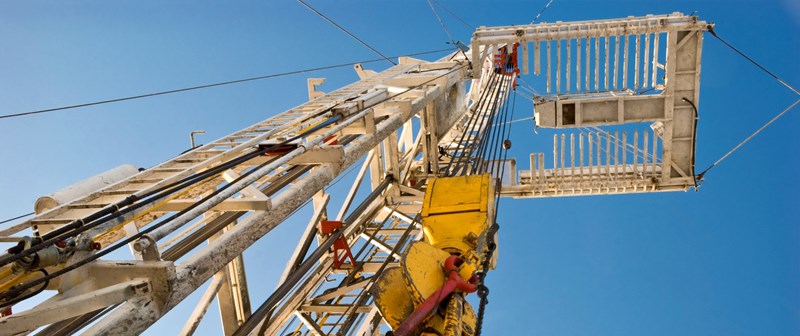For nearly two years, investment has poured into the Permian with the fervor of a new Gold Rush. But can the US deliver the oil sector to its Permian promised land?
In our Crude for Thought podcast, our US Lower 48 upstream research directors Robert Clarke and R.T. Dukes discuss the roles technology and geology play in the Permian.
US tight oil supply could have a profound effect on markets worldwide, ultimately satisfying as much as 10 percent of global demand in less than a decade. Two-thirds of that supply is forecast to come from the jewel in Texas' spurs — the Permian Basin.
Although technological development has been a boon to Permian exploration in its early days, it doesn't come risk-free. Nature, bound only by its own laws, also plays a role in the potential downside to Permian development.
As more child wells are drilled — and we expect the number to grow significantly as operators ramp up production — they're often too close to the older parent wells and exposed to different reservoir conditions.
Drilling these new wells into the same fluid system as the parents results in lower oil flow and could lead to EURs 20 to 40 percent lower than those of parent wells.
This drop in production would create a bigger supply gap post-2021, with as much as 1.5 million b/d at risk. The "Permian peak" could leap forward by four to five years if these technical challenges aren't mitigated.
More Crude for Thought
Hear our analysis weekly by subscribing to our podcast on iTunes or SoundCloud.






